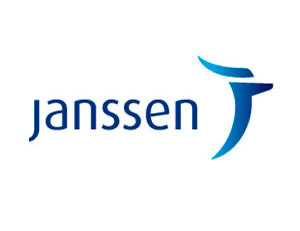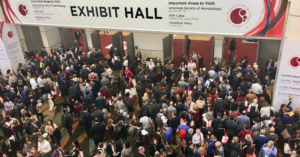Strategic direction and future impacts in multiple myeloma

Shining a light on hidden gems in the myeloma niche
If we want to go beyond the proteasome inhibitors, IMiDs and anti-CD38 antibodies in multiple myeloma, there are plenty of emerging candidates these days.
This is excellent news, but how will it all fit together, and which gems were under-rated at the recent ASH meeting?
The latter may catch a few people by surprise when the clinical aspects are considered in the totality of what needs to be done and in which patient subsets.
We discuss near and medium term aspects, which may have a lasting impact and also talk about why they matter.
To find out, the final part of our myeloma mini-series offers an engaging and thoughtful fireside chat with a global thought leader in this niche…
To learn more from our oncology analysis and get a heads up on the latest insights and analysis pertaining to the multiple myeloma landscape, subscribers can log-in or you can click to gain access to BSB Premium Content.
This content is restricted to subscribers

 As part of our latest mini-series focusing on multiple myeloma, yesterday we looked at the
As part of our latest mini-series focusing on multiple myeloma, yesterday we looked at the 




 Immunotherapy treatment for multiple myeloma has been around for several decades, first in the form of stem cell transplantation, then augmented by the addition of IMiD immune modulation drugs such as thalidomide, lenalidomide or pomalidomide. In due course, along came immune checkpoint blockade in solid tumours and it was only a matter of time before they would be evaluated in hematologic malignancies, albeit with mixed results.
Immunotherapy treatment for multiple myeloma has been around for several decades, first in the form of stem cell transplantation, then augmented by the addition of IMiD immune modulation drugs such as thalidomide, lenalidomide or pomalidomide. In due course, along came immune checkpoint blockade in solid tumours and it was only a matter of time before they would be evaluated in hematologic malignancies, albeit with mixed results.